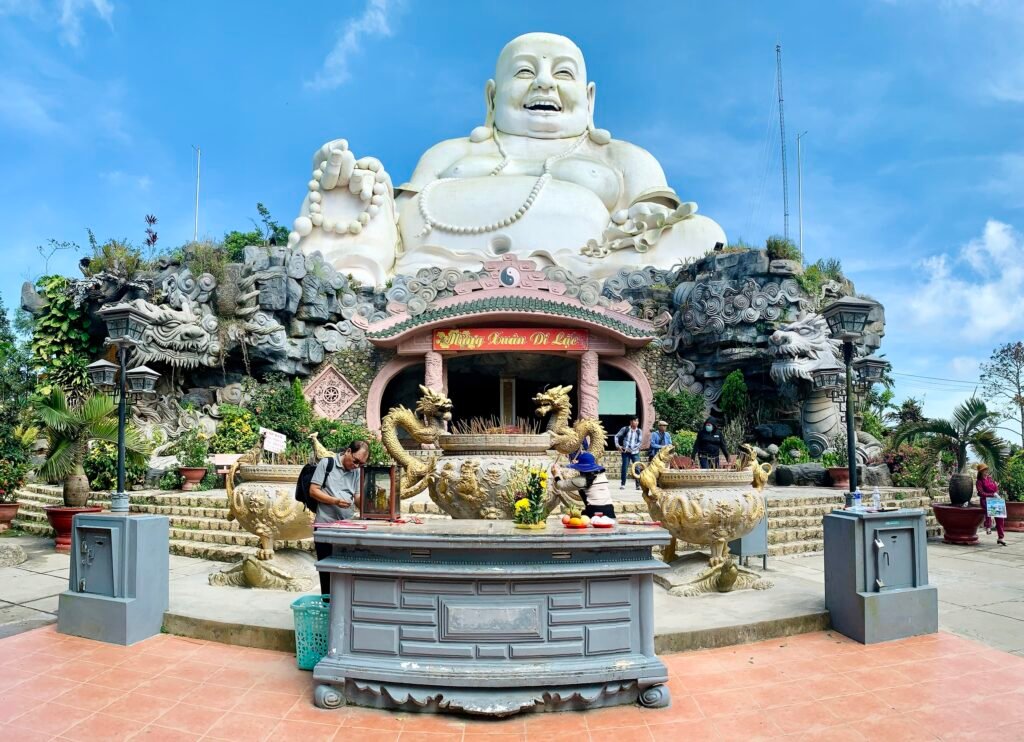Cambodia’s floating villages offer a captivating glimpse into a way of life intrinsically connected to the water. These communities, where residents have lived for generations, showcase the ingenuity and resilience of the Cambodian people in adapting to their environment.
Chong Khneas: A Floating Community on Tonle Sap Lake
Chong Khneas, located on the vast Tonle Sap Lake, is a thriving floating village that has captured the imagination of travelers. Home to around 1,500 families, this unique community thrives on the water, with houses, schools, markets, and even a church all built on floating platforms. Boat tours through the village offer a fascinating look into the daily routines and traditions of its residents.
Kompong Phluk: A Village on Stilts
Kompong Phluk, situated on the Tonle Sap River, presents a different perspective on floating life. Here, houses are built on stilts that rise high above the water during the wet season and become accessible via long ladders during the dry season. This unique architecture is a testament to the villagers’ adaptability to the ever-changing river levels.
Experiencing Cambodian Culture
Visiting a floating village is not just about observing unique architecture; it’s about experiencing a different way of life. Visitors can interact with the friendly locals, learn about their fishing traditions, and witness their daily activities. Many villages offer opportunities to participate in cooking classes, learn about local crafts, or simply relax and soak in the peaceful atmosphere.
Witnessing Cultural Traditions
Floating villages are also a hub for cultural celebrations. Traditional weddings, festivals, and religious ceremonies often take place on these floating platforms, offering visitors a chance to witness the vibrant traditions of Cambodian culture.
A Journey of Discovery
Exploring Cambodia’s floating villages is a journey of discovery, where you can immerse yourself in a unique way of life that has evolved over centuries. It’s a chance to witness the harmony between humans and nature, to learn about sustainable living practices, and to appreciate the resilience and resourcefulness of the Cambodian people.




